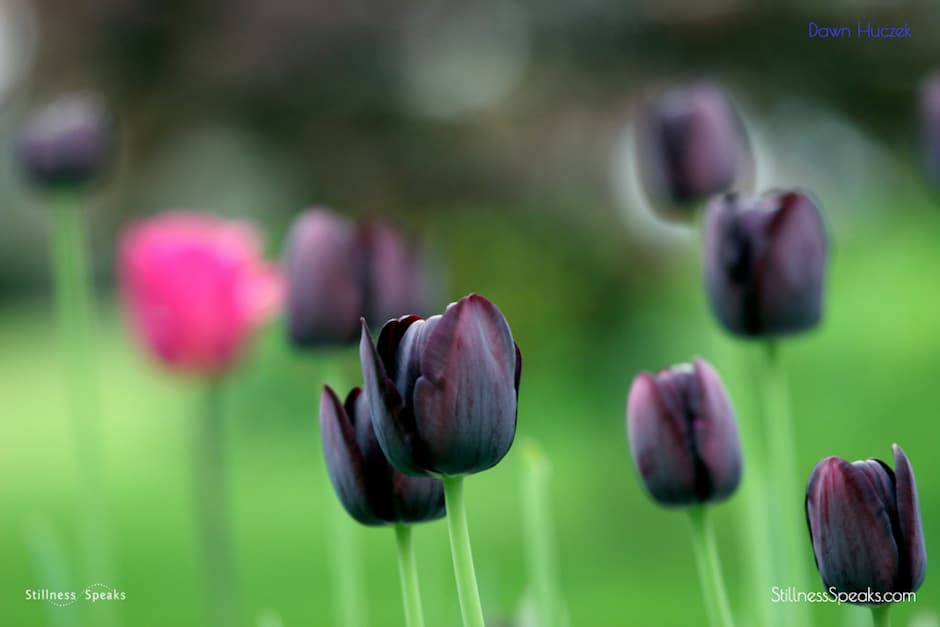order: ” … What is ‘so of itself’ … That is the world, that is the tao … ” …
“… The tao is a certain kind of order, and this kind of order is not quite what we call order … when you look at a plant it is perfectly obvious that the plant has order … In the Chinese language this is called li …” ~ Alan Watts
What is this order? … that is not what we normally think of as order … but potentially has deep impact on, and relevance to, our lives?
Here’s what Watts says about Li: “… Li is the pattern of behaviour which comes about when one is in accord with the Tao, the watercourse of nature …” …
In accord with the Tao! … now that’s worthy of attention, isn’t it ?!
Being (or living) in such accord would naturally – if not initially but certainly over time – bring about deeper peace and contentment: within and without … would allow us to navigate the full range of life’s dynamics with balance and ease … from all the joys to all the challenges and everything in between.
One can find various writings about Li on the web … and Watts covered it in his talks (and essays) over the years … but today …
We are going to consider Watts interpretations of li (or order) from his talk at a 1965 Esalen (Big Sur, California, USA) seminar on the tradition of Taoism. That entire talk (the first session of the seminar) is captured in the chapter Taoist Ways … from his latest book Talking Zen: Reflections on Mind, Myth, and the Magic of Life …
In this part 2, of our 3-part series (that offers the entire chapter), Alan talks about the principle of li that is “… a very useful concept in understanding the sort of natural order of mutual interdependence and mutual arising …” … and mutual arising – or cooperation or the principle of wu-wei – was the focus of Part 1 of this series.
This series is part of our ongoing Shambhala Publications series that offers substantive previews of selections from Shambhala Publications new and classic titles …
All italicized text here is adapted from Talking Zen by Alan Watts, © 1994 by the Alan Watts Electronic University. This edition published 2022. Reprinted in arrangement with Shambhala Publications, Inc. Boulder, CO. Shambhala Publications has also generously offered a free downloadable PDF of the Table of Contents (link is at the bottom of the post).
You can purchase the book at Shambhala Publications or Amazon.
Order & Li …
“… So li means then the order of flow, the wonderful dancing pattern of liquid, because Lao-tzu likens tao to water:
The great tao flows everywhere,
to the left and to the right,
It loves and nourishes all things,
but does not lord it over them. …”
Now another term that is important, although it has greater use in Neo-Confucian philosophy and Buddhism than in the writings of Lao-tzu, is li. This is a very useful concept in understanding the sort of natural order of mutual interdependence and mutual arising. Li originally meant the markings in jade, the grain in wood, or the fiber in muscle. It is defined nowadays in most dictionaries as “reason” or “principle,” but this is not a very good translation. Joseph Needham once suggested that “organic pattern” was an ideal translation, and this is certainly preferable. The markings in jade are regarded as what make it beautiful. As you look down at the water here, you see patterns in the foam when a wave breaks. As you watch those patterns, you know they will never make an aesthetic mistake. They are not symmetrical and they are very difficult to describe. They are wiggly, as are the markings in jade, and the grain in wood, which we also regard as beautiful. All these things exhibit li; they all have distinct forms that we can distinguish quite clearly from what we call a mess. The foam patterns of waves, the mineral patterns of jade, and the vegetable patterns of wood are extraordinarily orderly, yet they do not have an obvious order, and nobody can ever pin this organic order down completely. We know that it is order and that it is something quite different from a random mess, but there is no way of defining that order completely.
In order to be able to paint that way, or live that way, or to deliver justice that way, you have to have that order in you, innately. You have to have an essential sense of li, but there is no way of prescribing it. This is very difficult for teachers, because in all of our modern schools and universities, we are attempting to teach creativity. The trouble is that if we found a method whereby we could teach creativity, and everybody could explain just how it was done, it would no longer be of interest. The mysterious—the dark black of lacquer, the impenetrable and profound depth out of which glorious things come—is always an essential element in the creative. There is a poem that says, “When the bird calls, the mountain becomes more mysterious.” Imagine that you are in a mountain valley and everything is silent; suddenly, somewhere off in the distance, an unseen crow caws. You do not know where the crow is, but its cry emphasizes the silence and creates an element of mystery. There is a Chinese poem written by a man who went to find a sage who lived in a little hut in the mountains, with a boy there to serve him: “I asked the boy beneath the pines. He said, ‘The master has gone alone, herb gathering somewhere on the mount, cloud-hidden, whereabouts unknown.’”
The best teachers of athletic and artistic skills are those who teach without forcing. I once studied the piano, though I am absolutely no good at it now because I do not practice. But I had an absolutely superb teacher for a while. He was a very great musicologist and his standards were the highest. When I first went to him, he said, “Let me see what you can do.” So I played a Scarlatti sonata, and he said, “The trouble with you is that you are trying too hard. You are hitting the piano, and you should never hit a piano. Actually, all you have to do in order to play a piano is to drop your hands on it, and so you need to have relaxed arms.” He made me practice for a while and felt my muscles to see if I were relaxed or not, and then he said, “Now just drop your hands on the piano. I don’t care which notes you hit, but just drop your hands, let them fall. There is enough energy in the weight in your arm to play as loud as you will or as soft as you will—just let them drop.”
He kept feeling my arms. “No, no, you are getting too tense, you must pretend you are Lao-tzu,” he said, for he was a very educated man and he knew about these things. Then he said, “Now, after dropping your hands all you have to do is hit the right notes.” He continued, “You know, the same thing is involved in making a very complex trill,” and he demonstrated. He just dropped his hand on the piano and at the same time his fingers went “flluump,” and produced a magnificent ornamentation. We went on and we practiced this for some time, and then he said, “Now let’s get around to hitting the right notes.”
And, stay tuned for Part 3 – the conclusion – of this series … with the final excerpt of the chapter Taoist Ways from Alan Watts ...”
All italicized text here is adapted from Talking Zen by Alan Watts, © 1994 by the Alan Watts Electronic University. This edition published 2022. Reprinted in arrangement with Shambhala Publications, Inc. Boulder, CO.
And, click here for the free, downloadable PDF of the Table of Contents.
You can purchase the book at Shambhala Publications or Amazon.
And, may you integrate li … in your daily life … and …
May you remain safe and healthy as you navigate these unsettling times.











